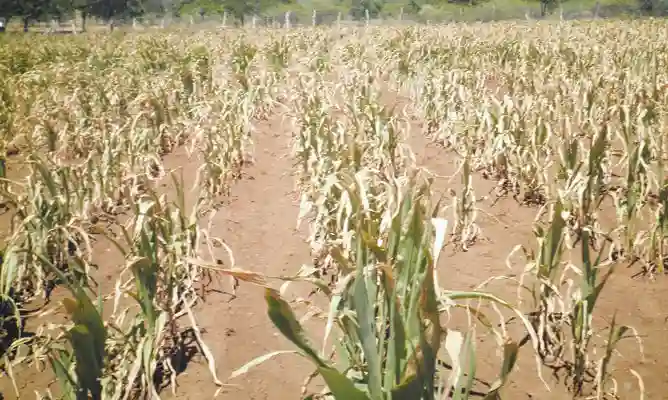The ongoing El Niño event is expected to last at least until April 2024, the World Meteorological Organisation (WMO) said in a new update.
The WMO said the weather event is expected to influence weather patterns and contribute to a further rise in temperatures both on land and in the ocean. WMO said in a statement:
As of mid-October 2023, sea surface temperatures and other atmospheric and oceanic indicators in the central-eastern tropical Pacific are consistent with El Niño, the warm phase of El Niño/Southern Oscillation (ENSO).
The El Niño developed rapidly during July-August and reached moderate strength by September 2023 and is likely to peak as a strong event in November – January 2024.
There is a 90% likelihood it will persist throughout the upcoming northern hemisphere winter/southern hemisphere summer.
El Niño occurs on average every two to seven years and typically lasts nine to 12 months and is a naturally occurring climate pattern associated with the warming of the ocean surface in the central and eastern tropical Pacific Ocean.
The WMO report further states that most recent forecasts and expert assessments suggest a high likelihood of continued warming in the central-eastern equatorial Pacific for at least the next four overlapping 3-month seasons: November-January, December-February, January-March, and February-April 2024.
WMO Secretary-General Prof. Petteri Taalas noted that human activities contribute to rising temperatures associated with El Niño. He said:
El Niño impacts on global temperature typically play out in the year after its development, in this case in 2024.
But as a result of record-high land and sea-surface temperatures since June, the year 2023 is now on track to be the warmest year on record.
Next year may be even warmer. This is clearly and unequivocally due to the contribution of the increasing concentrations of heat-trapping greenhouse gases from human activities.
Extreme events such as heatwaves, drought, wildfires, heavy rain and floods will be enhanced in some regions, with major impacts.
That is why WMO is committed to the Early Warnings For All initiative to save lives and minimize economic losses.
Predictions for rainfall in the forthcoming three months are similar to many of the typical impacts of El Niño.
Below-normal rainfall is predicted in most of northern South America, over much of Australia, and southern Africa.
More: Pindula News

